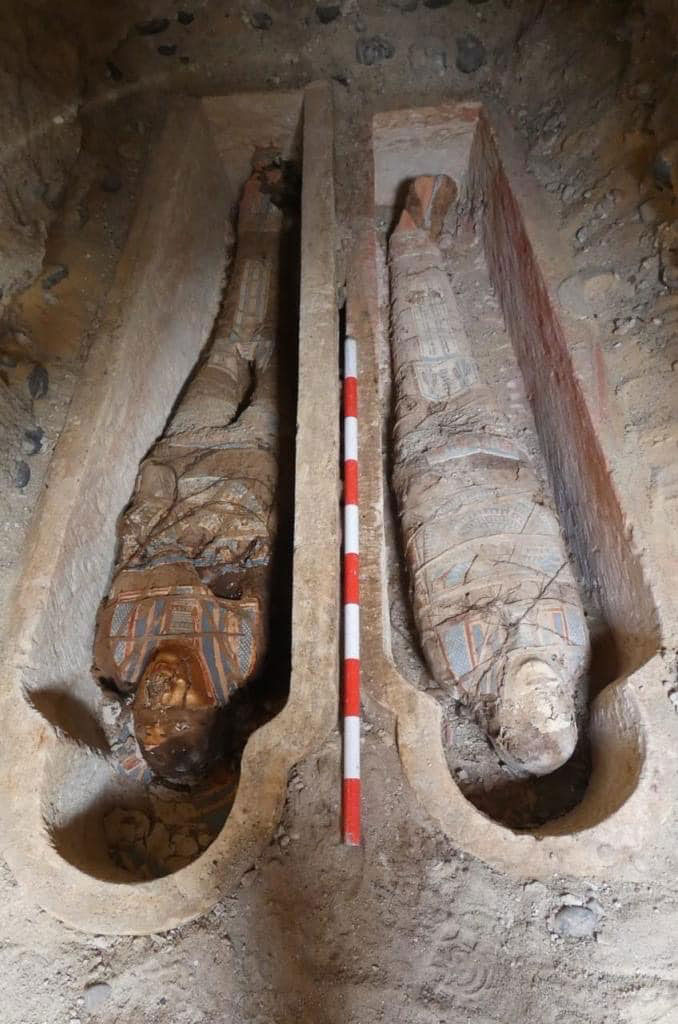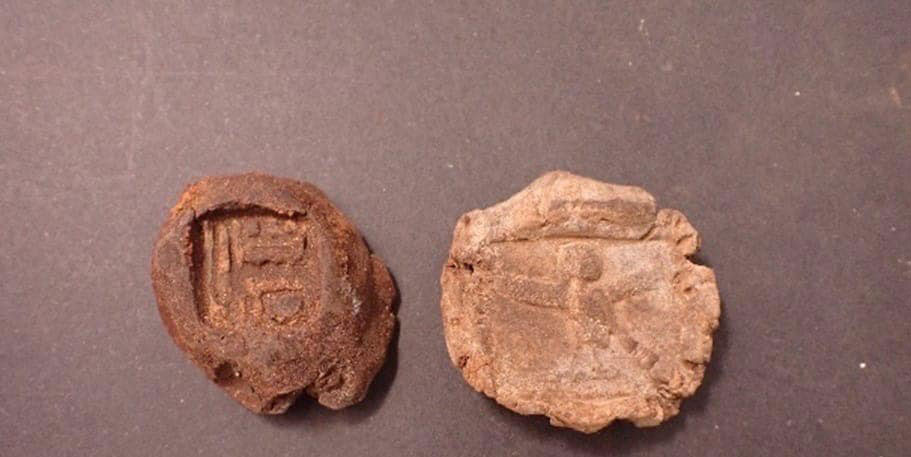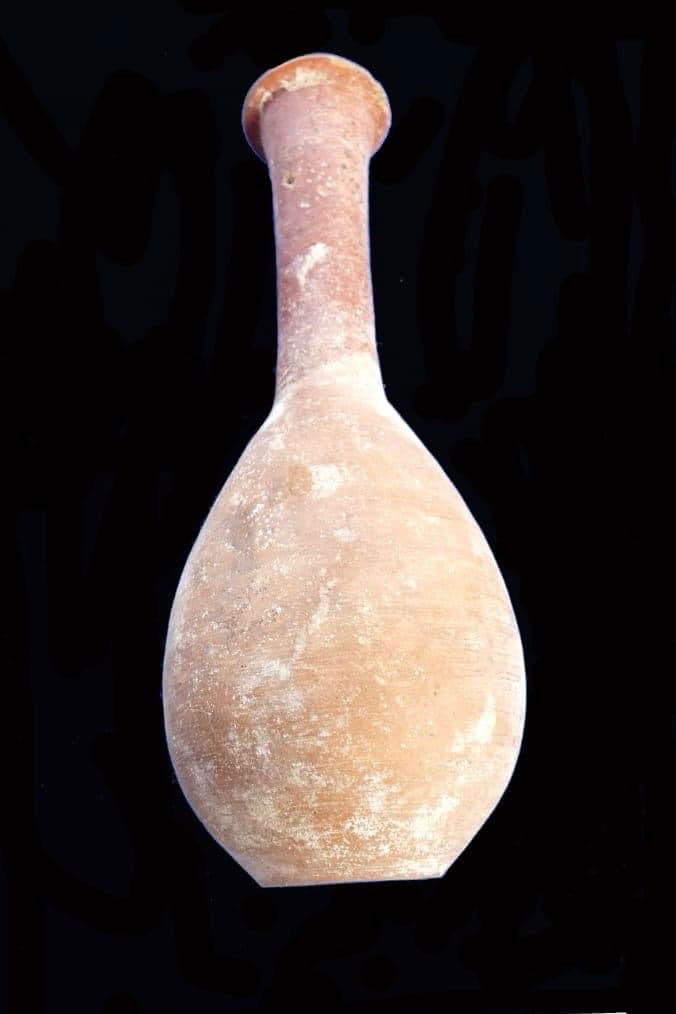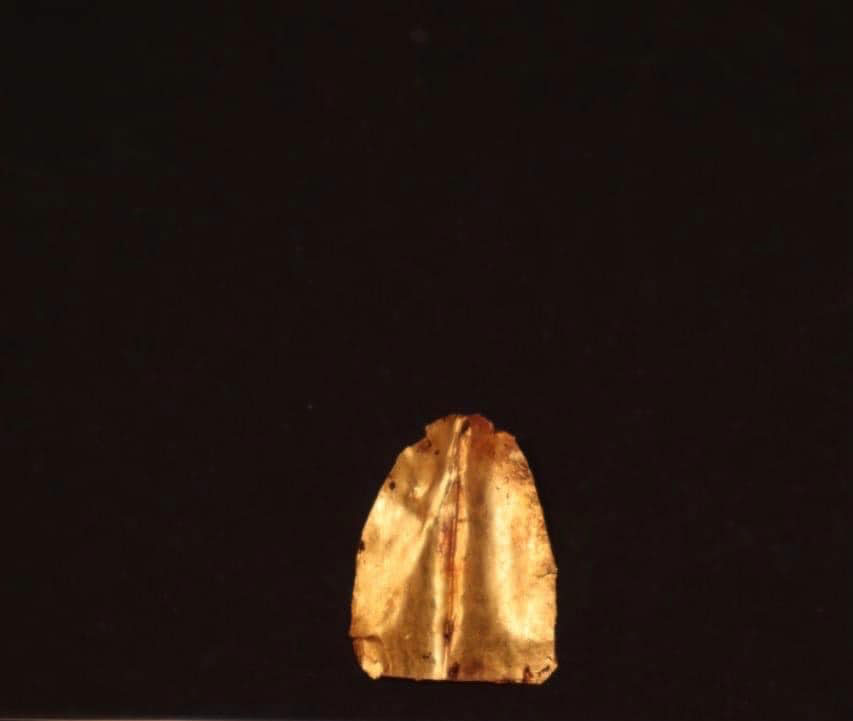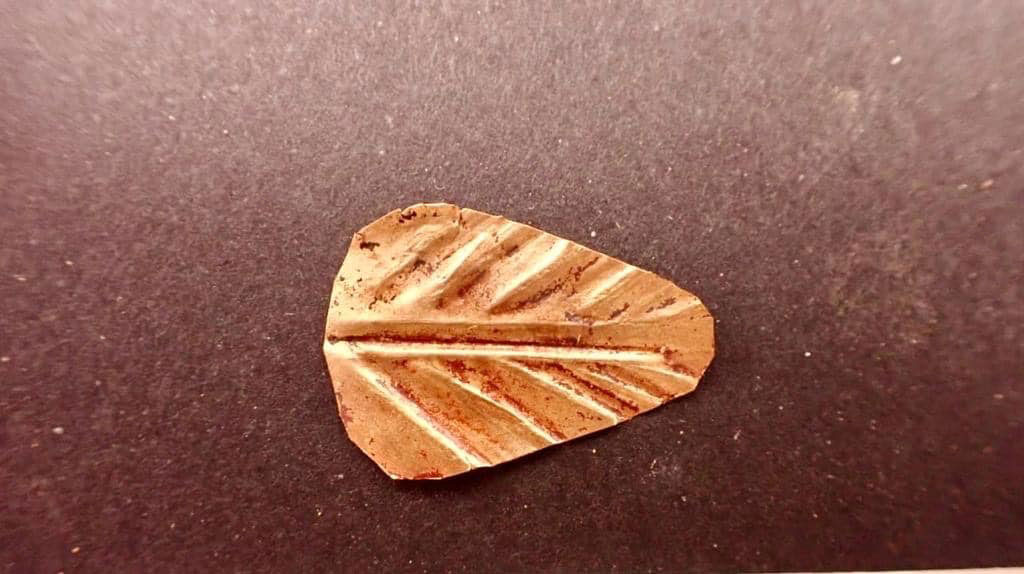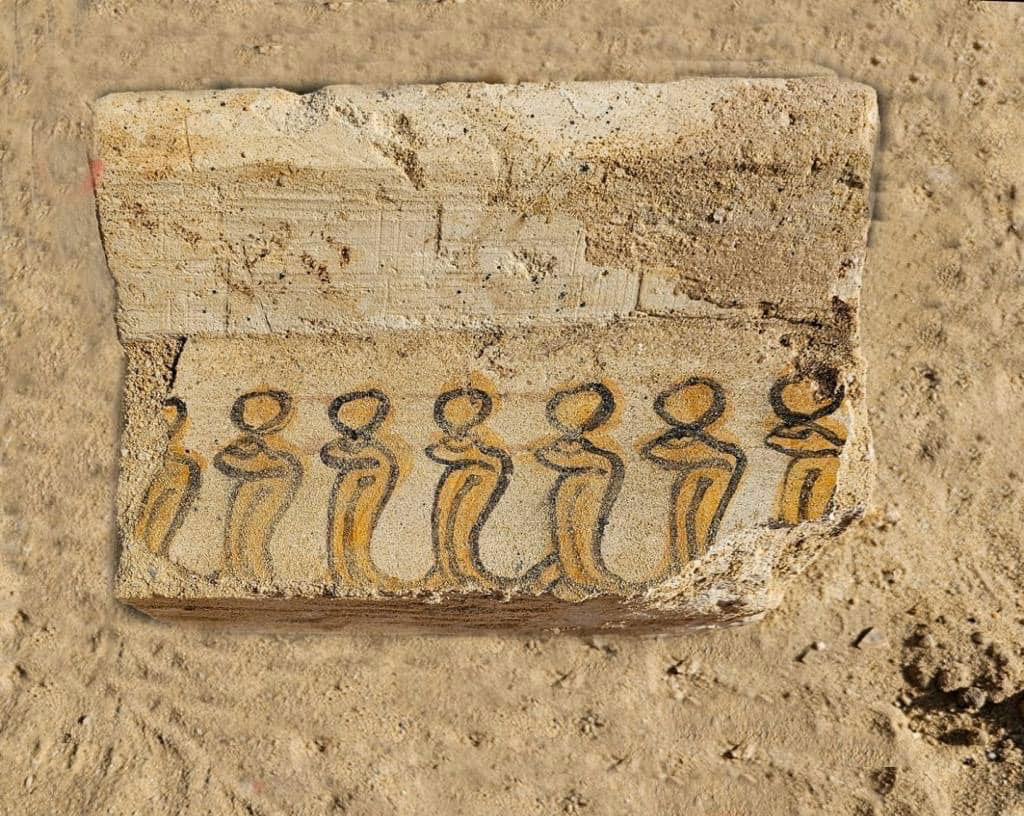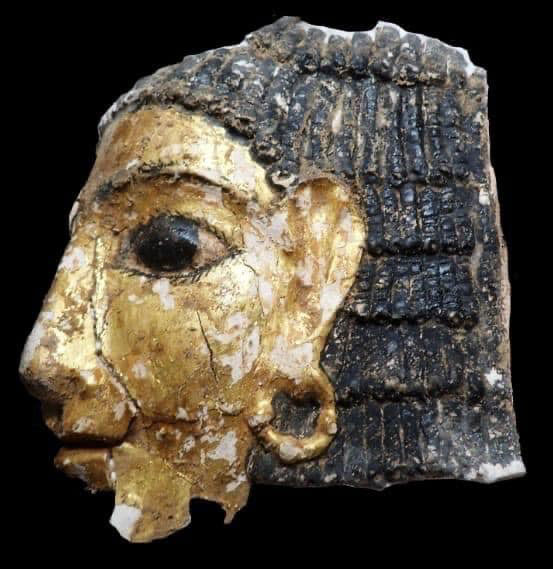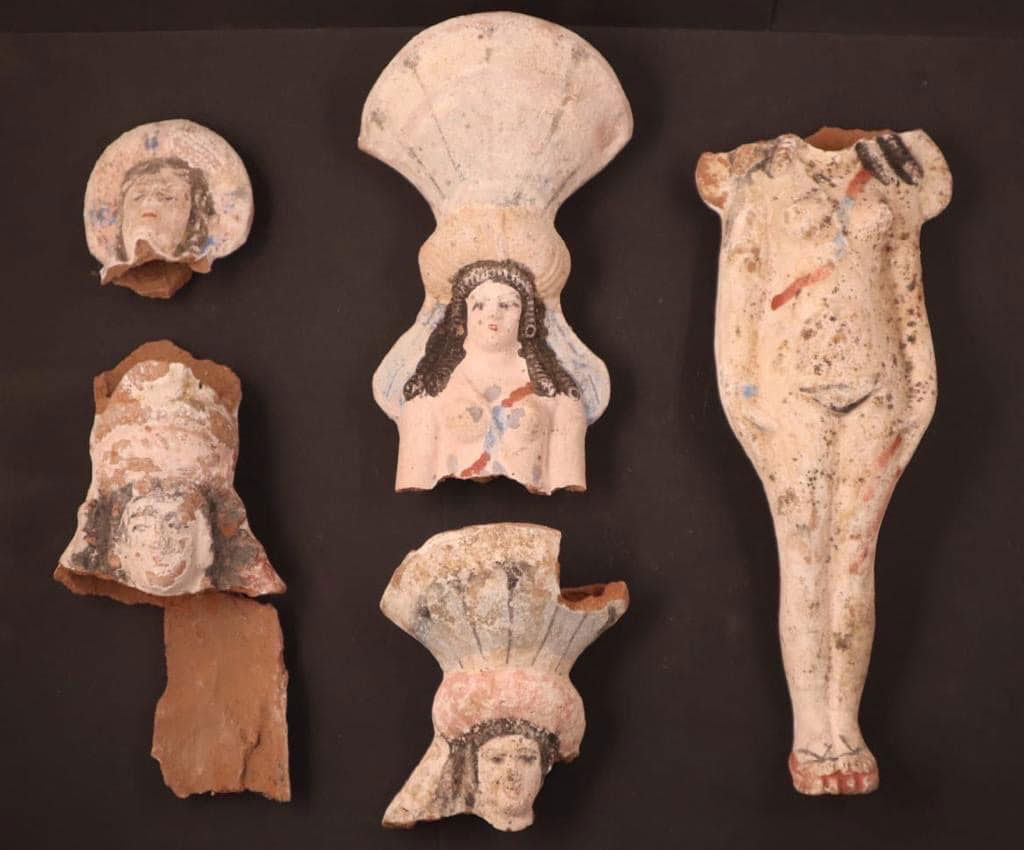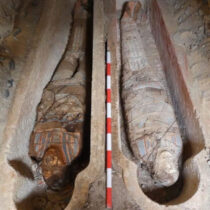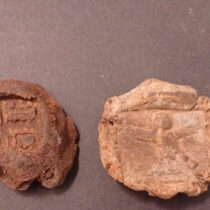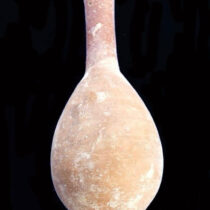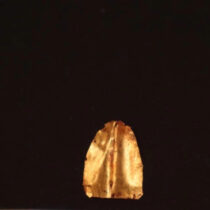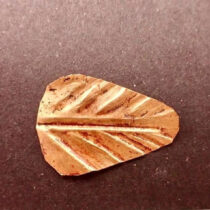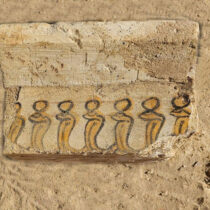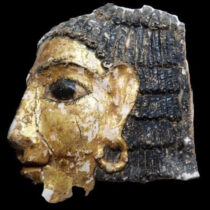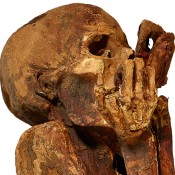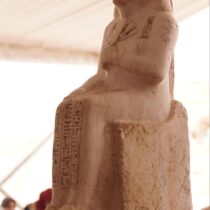The Spanish archeological mission from the University of Barcelona and the Institute of the Ancient Near East, headed by Dr. Maya Mascourt and Dr. Esther Ponce Milado, succeeded in uncovering a number of tombs dating back to the Ptolemaic and Roman eras, as well as a number of mummies from the Roman era.
The discoveries took place during excavations in the archeological area of Al-Bahnasa in the governorate of Al-Minya. Dr. Mustafa Waziri, Secretary-General of the Supreme Council for Antiquities, explained that the tombs that were discovered from the Roman era were found in the eastern part of the upper cemetery in Bahnasa. These are tombs of a new type, and they consist of a hole dug in the natural rock on the ground. Also, for the first time in the area of Al-Bahansa, terracotta statues were found depicting the deity Isis Aphrodite on top of them as a vegetable crown-topping a crown.
For his part, Dr. Adel Okasha, Head of the Central Administration of Medieval Egypt Antiquities, said that the expedition also found parts of the papyrus inside a mud ring, in addition to a large number of mummies wrapped in colorful rolls, some of which were covered with gilded and colored funeral masks. Also inside the mouth of two of them was found a gold tongue, which is a well-known Roman era ritual in Bahinsa, to protect the deceased.
Dr. Gamal Al-Samstawi, Director General of Middle Egypt Antiquities, said that the architectural design of the tombs at this site is a well of stone ending with a door closed with mud bricks leading to a large hole, inside which were found a number of empty coffins, others enclosed with mummies covered with colored cardboard. He added that 23 mummies were found embalmed outside the coffins, and four coffins of a human form were inside one of them, two mummies and small progenitor bottles. Dr. Hassan Amer, Professor of Archeology at Cairo University and director of the excavation sites, said the mission also uncovered a number of stone blocks from a demolished building, many of which were decorated with plant drawings, grape clusters, and groups of animals and birds such as pigeons and cobra snakes. He said the mission would continue its work at the site during the coming drilling seasons in an attempt to uncover more.
